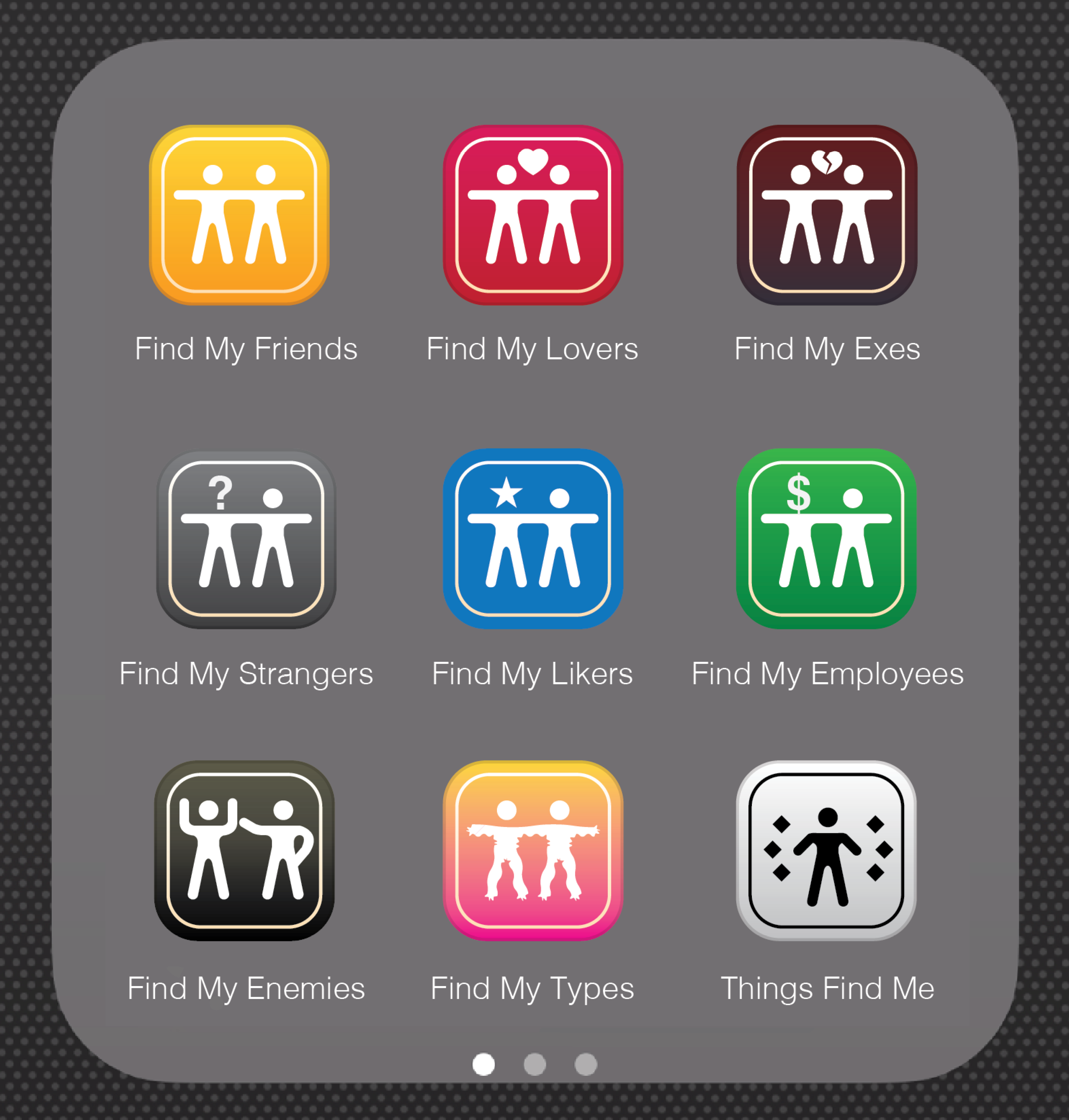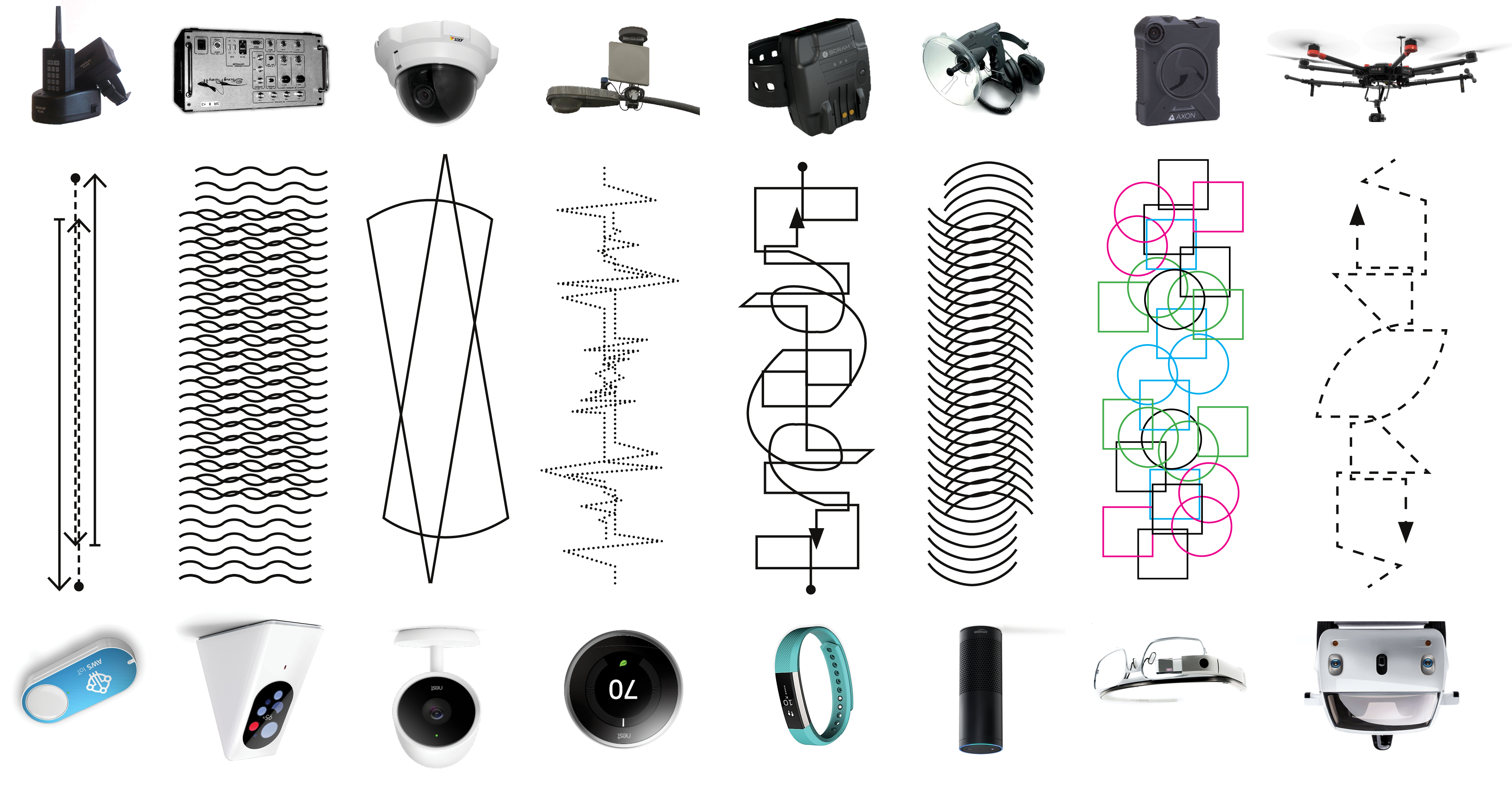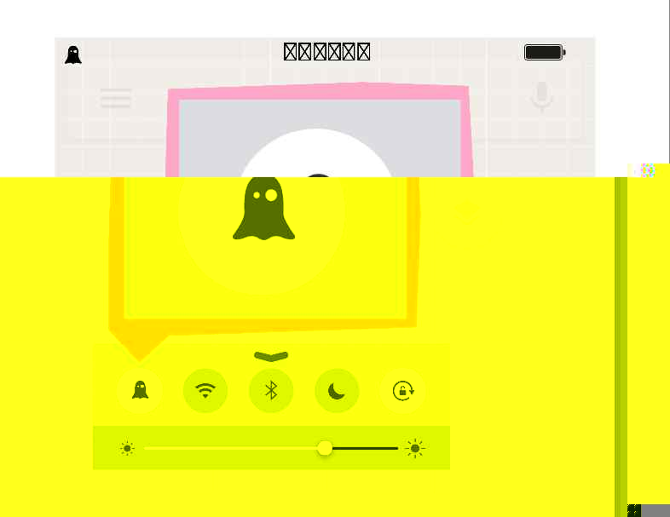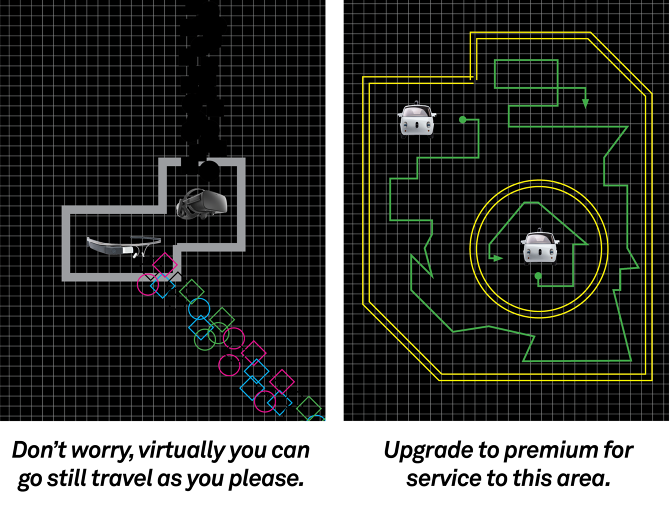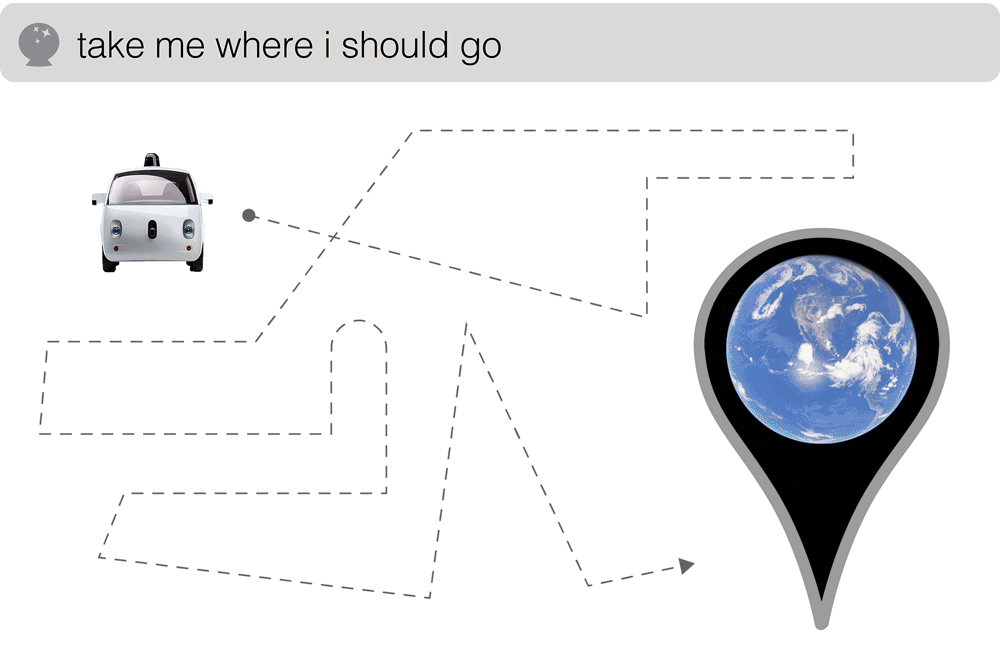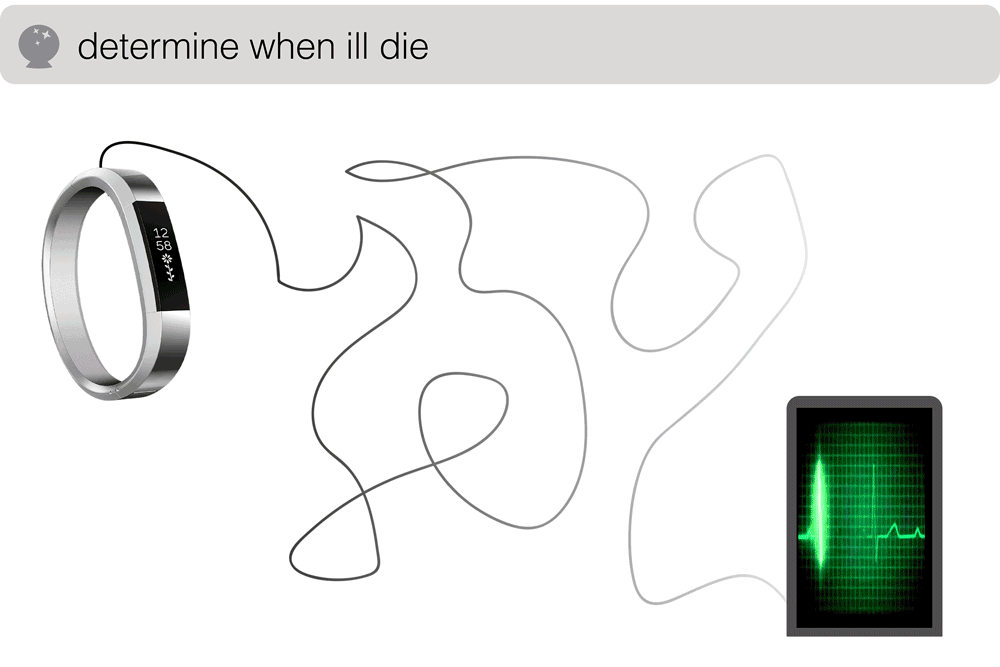Below is a sample. A fuller treatment is available here [PDF] and here [PDF]
In a world where more and more things are found with power cables and batteries, sensors and central processors, unique identifiers and network connectivity—and where the people and entities that manage or are forced to remain offline may still find their images, geolocations, and other intimate data amid “the cloud”—what was once the Internet increasingly appears inseparable from digital technology broadly. The network (composed of networks, connected to networks) is a way of naming the proliferating multiplicity of smart technologies that lies somewhere between the historical Internet and digital technology in general. This network is wonderful. And it is overwhelming.
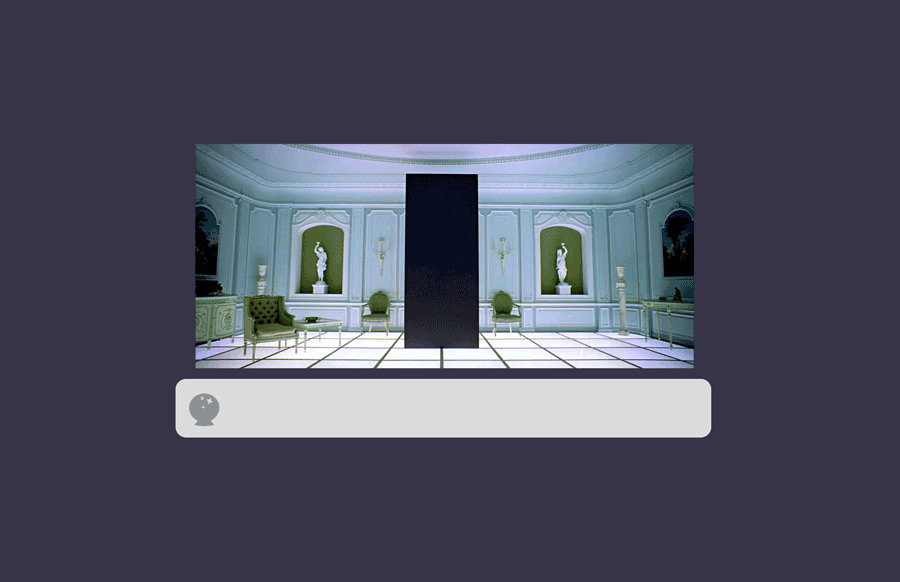
One way to grasp the network in its distributed and diffuse totality is to fixate upon its pivotal metaphors: a cyber-space, a virtual net, a surfable web, an information superhighway, a global village, a digital commons, a social web 2.0, and most recently a cloud and an Internet of Things (IoT). If there is a single message carried through this historical succession of metaphors, it is one of positivity. The network continues to make the world a better, smarter, more connected place to live. Its underlying mythology tells a tale of empowerment, freedom, choice, and opportunity. The network is not neutral. It has dominant and imposing values. And they skew positive.

And yet, belying its metaphorical positivity, we don’t have to look too far or too deep to find anxieties knotting up on the horizon and festering below the surface of the network: A newly unveiled Microsoft AI (artificial intelligence) chatbot proclaims that Hitler did nothing wrong and feminists should burn in hell. Personal data from a Fitbit activity monitor bracelet is subpoenaed in a murder trial. The average U.S. adult spends 2 hours and 51 minutes on their phone and there is, of course, an app that will show a person how they compare to a statistical average. Laughter may be a natural response to network anxieties. As may deleting a social media account, taping over your laptop webcam, or retrofitting your bedroom with electromagnetic radiation blocking screens.
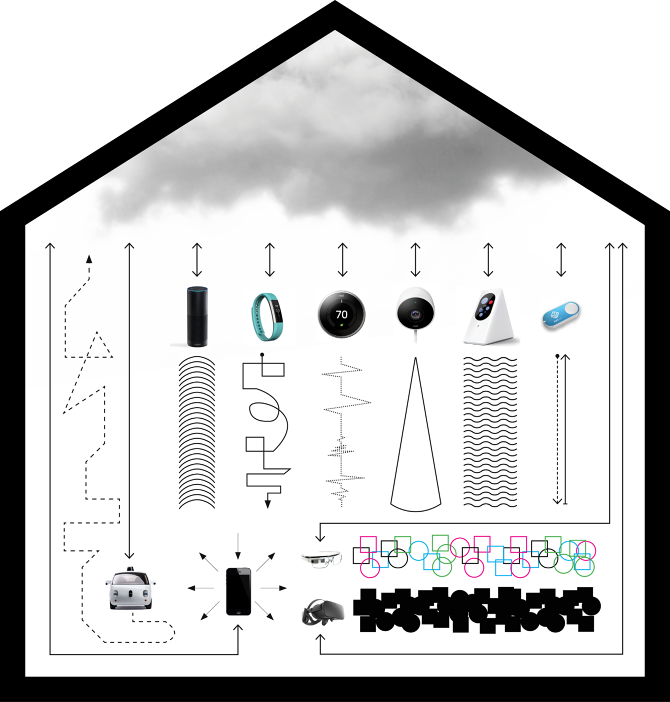
Of particular focus for our investigations are network anxieties, a term that highlights the tensions between the clearly positive affective dimensions of network technologies and their often more hidden or marginalized negative affective dimensions. Defined as worry or unease concerning an “imminent event or something with an uncertain outcome,” anxiety names an experiential state of negative affect situated in anticipation of negative future outcomes. Anxiety—like the hopeful promise of new technology, or the imaginative projections of HCI and speculative design—is a future-oriented disposition. Our inquiry constructs a frame amid the visceral and other than fully rational or conscious forces of negative network affects—of so many experiential breakdowns and perturbations that disturb the network’s smooth edges and slick surfaces. Network anxieties manifest where lurking and looming disturbances poke through and put pressure on the network’s smart shiny exterior, interrupting and troubling otherwise productive, convenient, and pleasurable interactive experiences. When this happens, negative affect collides with and perforates and perhaps overwhelms the network’s generally positive disposition. Underlying the real joy, pleasure, and prosperity of network technologies one can often locate more hidden or marginalized feelings of discomfort, fear, frustration, distrust, paranoia, overstimulation, exhaustion, and creepiness.

One way of addressing networking anxieties is to give them imaginative and aesthetic form through design. The methods and approaches of design hold powerful yet relatively underutilized capacities for inventively addressing the very sources of network anxiety that they play such an instrumental role in producing. These capacities shine within the specialized approaches of speculative design, design fiction, critical design, and other alternative and critically-oriented design practices. Design’s unique position to inventively address network anxieties stem from its ability to give vivid and graspable form to imaginative and compelling, if troubling, future possibilities. These forms distinguish themselves from other modes of knowledge production through their powers for understanding issues in highly concrete and contextualized ways, inviting participation and engagement from diverse stakeholders and constituents, and inspiring and generating creative affirmative responses. As an interface, design can connect the everyday buttons, handles, and screens with broader and deeper problems and issues. In some cases design may offer a solution or resolution, or else a fresh look or inspiring take on a difficult problem. In others, design may reveal its own limitations and point to the need other approaches. Design-led inquiry is often characterized as a highly exploratory, emergent, and experimental process. In our experience with it, we typically don’t know what we are creating or how to articulate its specific uses until we are well along in the process. Schematically, our process is one of designing and making things grounded in a set of timely concerns while iteratively reflecting on what we have created.
